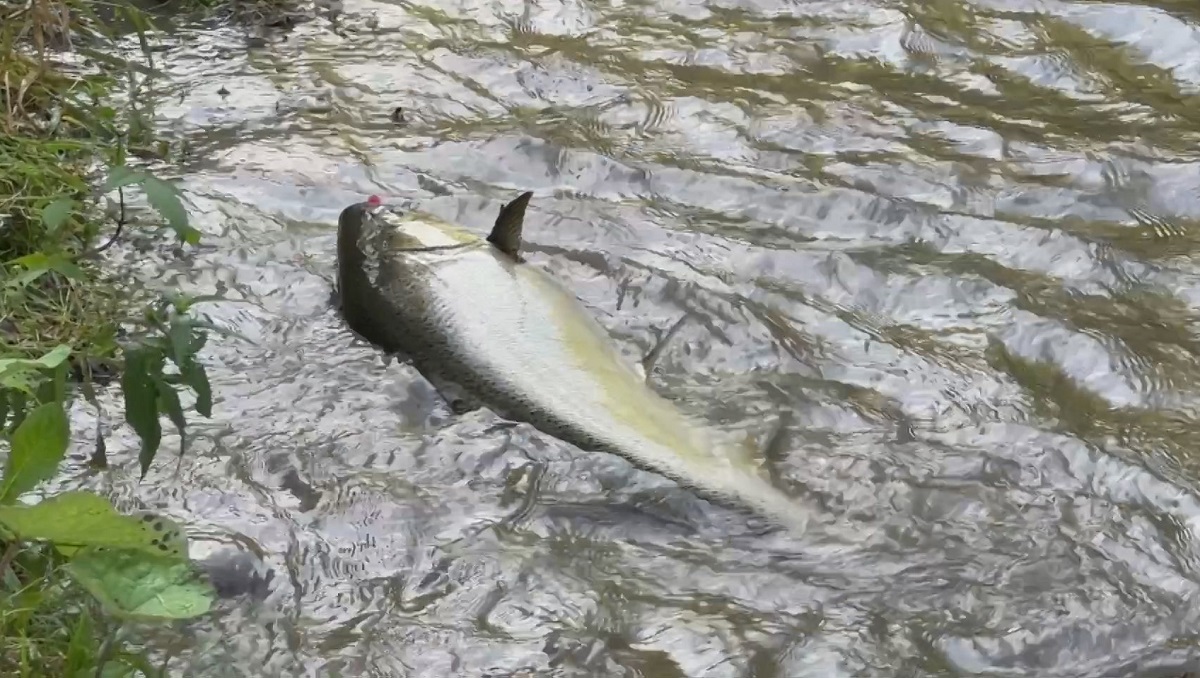The growing number of Indigenous films at the Toronto International Film Festival speaks to the breadth of work in Indigenous cinema both nationally and globally, according to a programmer.
Some 15 Indigenous films will be shown at TIFF, which runs until Sunday: eight by creators from Canada and seven from global creators.
“It’s a great privilege, but an incredibly hard task to select a small number of films to showcase,” said TIFF’s international programmer Jason Ryle, who is Anishinaabe from Lake St. Martin First Nation in Manitoba.
“We’re living in this time that we dreamed about, you know, those first few years of imagineNATIVE, like we were actively seeking stuff and really trying to find the work,” he said.
Ryle said he’s seen a change over the years from films that explore the impacts of colonization on the present and future to stories that “still come from a very authentic place but don’t necessarily foreground those kinds of historical themes.”
Now there’s an incredible diversity of genre and content ranging from family films, action films to romance, he said.
Ryle said the first films of Indigenous screen culture were social justice documentaries but as the film community’s grown, storytelling has diversified.
The film industry, Ryle said, is realizing the talent Indigenous filmmakers have both in front of and behind the screen — and the industry is supporting it more.
Ka Whawhai Tonu (Struggle Without End)
One Indigenous filmmaker from New Zealand with work at TIFF is looking at a battle between Māori warriors and British colonizers from a Māori perspective.
Michael Jonathan’s feature Ka Whawhai Tonu (Struggle Without End), is an account of the 1864 battle of Ōrākau where a small group of Māori, vastly outnumbered by British soldiers, went to war to defend their families and homeland.
Jonathan, who is Māori (Tainui, Mātaatua, Te Arawa), said he’s proud of Ka Whawhai Tonu, a film he’s wanted to make since first watching Utu, a 1983 New Zealand war film in Māori and English.
https://www.youtube.com/watch?v=https://www.youtube.com/watch
“I’m excited of the different genres and stories that we’re discovering as filmmakers across the world as Indigenous people,” he said.
“I’m buzzing.”
Jonathan said what’s profound about his film is that so many of the cast and crew are descendants of the people who fought in the resistance — his great-great-great grandfather and grandmother both participated in the war.
The film is almost entirely in Māori using five dialects. It was important, he said, to prioritize hearing as many Māori accounts as possible about the battle. Jonathan said in talking to elders and tribes, he partnered with them instead of just consulting them, because for years people have taken information from them without returning anything.
This time, he said he wanted to do things differently, which he said was difficult, but he was glad he did it.
He said he hopes Ka Whawhai Tonu inspires emerging filmmakers to create work in their languages.



